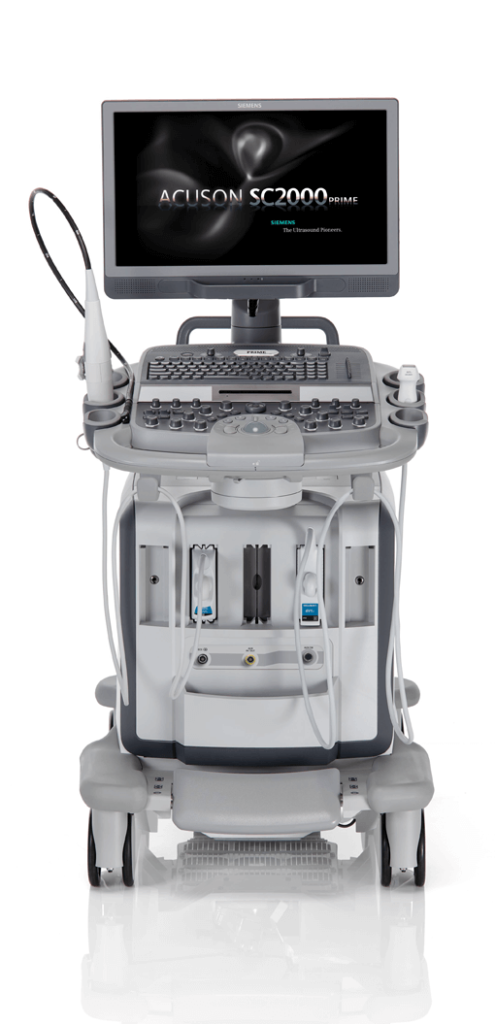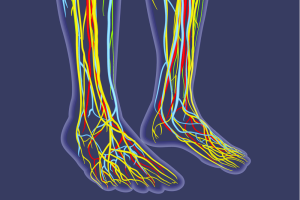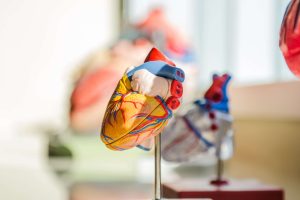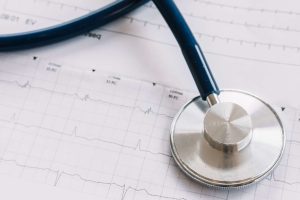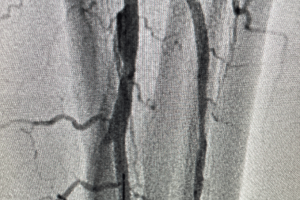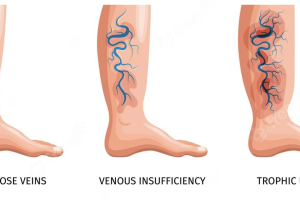The heart never takes a break. The heart is a strong muscle that never stops exercising, not for a minute. Every minute it needs blood, nourishment and oxygen. At Amarillo Heart Institute, we understand the importance of keeping your heart healthy and functioning at its best. We believe that a healthy heart is the foundation of a healthy life, and our goal is to provide you with all you need to achieve optimal heart health, a happier heart.
Ultrasound: Vascular & Echocardiogram
Ultrasound is a medical imaging technique that uses high-frequency sound waves to create images of internal body structures. It is a non-invasive and safe diagnostic tool that can provide real-time images of organs, tissues, and blood vessels without the use of ionizing radiation.
There are two main types of ultrasound techniques used for diagnostic purposes: vascular ultrasound and echocardiography.
Both vascular ultrasound and echocardiography are safe and non-invasive diagnostic techniques that can provide valuable information about the health and functioning of the cardiovascular system. These techniques are commonly used in clinical settings to diagnose and monitor a wide range of conditions.
Vascular Ultrasound
Vascular ultrasound is used to evaluate blood flow and detect abnormalities in blood vessels throughout the body, including arteries and veins.. Some common uses of vascular ultrasound include:
Detecting blood clots, deep vein thrombosis (DVT): Vascular ultrasound can be used to detect blood clots in the veins of the arms, legs, and neck. This is known as a deep vein thrombosis (DVT) and can be a serious condition if not treated promptly.
Evaluating arteries Coronary and Peripheral: Vascular ultrasound can be used to evaluate the arteries in the body, including those in the neck, arms, legs, and abdomen. This can help detect narrowing or blockages in the arteries that could be causing symptoms such as pain, numbness, or tingling.
Diagnosing aneurysms: Vascular ultrasound can be used to diagnose aneurysms, which are bulges in the walls of blood vessels that can be dangerous if they rupture.
Evaluating Venous blood flow: Vascular ultrasound can be used to evaluate blood flow in the veins and arteries, which can help diagnose conditions such as varicose veins, Raynaud’s disease, and peripheral artery disease.
Monitoring treatment: Vascular ultrasound can be used to monitor the effectiveness of treatments for conditions such as DVT, aneurysms, and peripheral artery disease.
Overall, vascular ultrasound is a valuable tool for diagnosing and monitoring a wide range of vascular conditions and is often used in conjunction with other diagnostic tests such as CT scans, MRI, and angiography.
Vascular Ultrasound Technology
At Amarillo Heart Insitute we use the state of the art technology.
Siemens Healthineers has introduced a new era in ultrasound technology with their product, the Acuson Sequoia. The Acuson Sequoia is a cutting-edge ultrasound system designed for vascular imaging that offers unprecedented image quality and diagnostic accuracy. The system uses advanced technologies such as BioAcoustic Imaging and the AI-powered eSie Fusion technology to provide clearer, more detailed images of blood vessels, which can help clinicians detect and diagnose vascular conditions with greater precision. Additionally, the system’s ergonomic design and streamlined workflow make it easier for clinicians to use, improving patient care and outcomes.
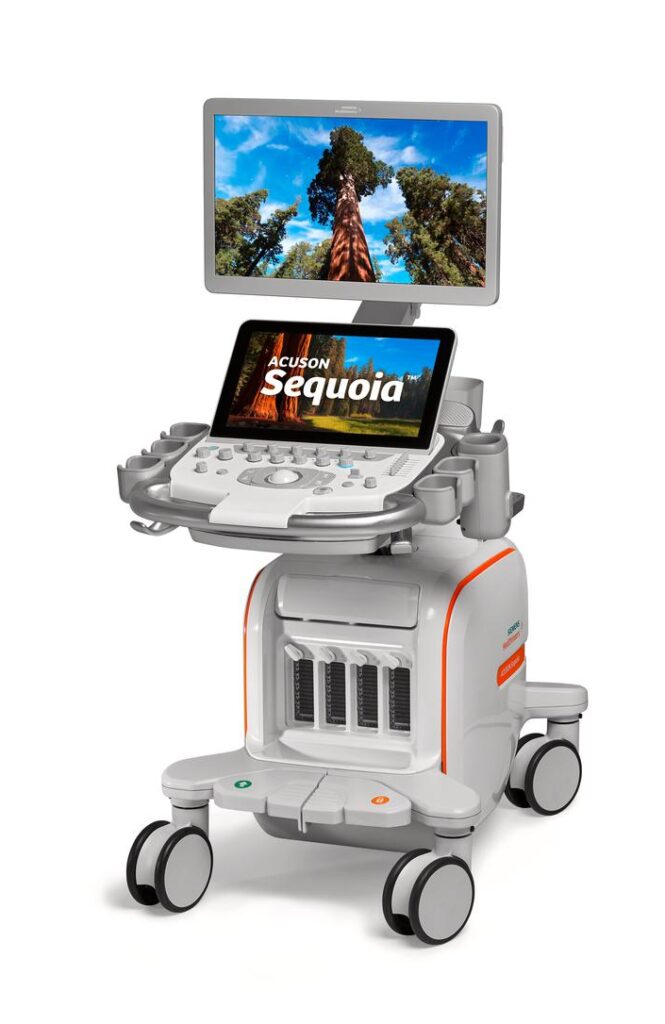
Echocardiography
Echocardiography is used to evaluate the structure and function of the heart. Some common uses of echocardiography include:
Diagnosing heart conditions: Echocardiography can be used to diagnose a variety of heart conditions such as heart failure, valve problems, congenital heart defects, and abnormal heart rhythms.
Evaluating Valves heart function: Echocardiography can measure the heart’s ejection fraction, or how well the heart is pumping blood. It can also evaluate the heart’s size, thickness, and movement.
Monitoring heart conditions: Echocardiography can be used to monitor heart conditions over time to evaluate the effectiveness of treatments and to detect any changes in the heart’s structure or function.
Evaluating the heart before surgery: Echocardiography can be used to evaluate the heart before surgery to ensure it is strong enough to withstand the stress of the procedure.
Guiding procedures: Echocardiography can be used to guide procedures such as heart valve replacements, to ensure that the new valve is in the correct position.
Overall, echocardiography is a valuable diagnostic tool for evaluating the heart and diagnosing a variety of heart conditions. It is often used in conjunction with other diagnostic tests such as electrocardiogram (ECG or EKG), stress tests, and cardiac catheterization.
Echocardiography Ultrasound Technology
Siemens Healthineers has developed a range of echocardiography solutions to help cardiologists diagnose and manage heart conditions more efficiently and effectively. Their echocardiography systems utilize advanced technologies such as high-frequency transducers, advanced imaging modes, and AI-powered software to provide high-quality images of the heart in real-time. This enables cardiologists to detect and diagnose heart conditions with greater precision, while also improving patient care and outcomes. Furthermore, Siemens Healthineers’ echocardiography solutions are designed to streamline workflows and provide seamless integration with other clinical systems, making them an essential tool for cardiology departments. With its state-of-the-art features and benefits, Siemens Healthineers’ echocardiography solutions are poised to revolutionize the field of cardiology and improve patient care around the world.
